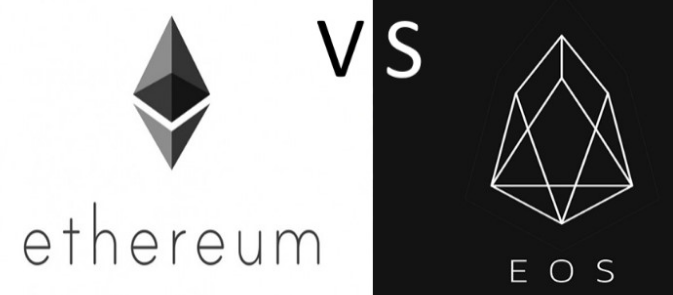It is the blockchain technology that had made individuals and groups be able to avoid taxes and trade illegally. Despite all this, the biggest threat to blockchain is not from the regulators trying to take back all the financial control, but from Hashgraph, a data structure based on Swirlds algorithm.
Hashgraph claims that it supports a much superior data structure capable of solving many of the major problems such as energy wastage, latency, expense and last but not the least proof-of-work, the major issues blockchain community has been facing since its launch. 
Leemon Baird the founder of Hedera Hashgraph claims that his product offers consensus time-stamping while possessing blockchain functionalities. This enables Hashgraph to become a more robust system based on a virtual voting algorithm and a gossip protocol assuring upwards of 2,50,000 transactions per second as compared to Blockchain which is bound to only 7 transactions per second of making a huge difference between both of them.
Unlike Blockchain, based on a data structure comprises a series of interconnected blocks. Apart from that Hashgraph organized into a chain of events. A block is based on the hash of that block, a timestamp, the transactions of that account and hash of its neighboring blocks. For example, a hash function takes a data of ‘n’ characters and return its values which are supposed to be 256 characters. To retrieve the original information based on ‘n’ characters the processor will have to consider a hash table, a data structure related to that function. Since the algorithm is randomly generated so it takes a longer time to decrypt the hash function.
Hashgraph has its data arranged into multiple events, with every piece of block having the transactions related to the timestamp, also the hash of both the parent events are responsible for its creation.
In Blockchain a miner has the option to choose the sequence of which block will be placed at which location, we can also delay them so they can be added in the future blocks or entirely stop them from entering the system relatively on the other side hashgraph uses a consensus protocol that uses gossip history to create a directed graph. It helps an individual not affecting the consensus order by neglecting any sort of manipulation in the order of transactions.
In blockchain, order of the transactions depends on the order in which miners process the information added to that specific block. It is vulnerable to delay and forking depending on the miners who can disturb the order in which the transactions are being added to the block. However, hashgraph is based on consensus, making it faster and the order of all the transaction are solely dependent on the timestamp.
If multiple miners create a block at the same time, one will be selected amongst them by the community and others will be discarded which will waste the efforts of others. In hashgraph each container is considered and none of them is discarded.
The main difference between both the technologies is that Blockchain has an open source code but on the other side hashgraph has not released it’s open source which will prove not to be effecting Blockchain real users at all.
Good article pal keep them coming.
Downvoting a post can decrease pending rewards and make it less visible. Common reasons:
Submit
thanks for your appreciation.
Downvoting a post can decrease pending rewards and make it less visible. Common reasons:
Submit
✅ @hamza222, I gave you an upvote on your first post! Please give me a follow and I will give you a follow in return!
Please also take a moment to read this post regarding bad behavior on Steemit.
Downvoting a post can decrease pending rewards and make it less visible. Common reasons:
Submit
Nice one
Downvoting a post can decrease pending rewards and make it less visible. Common reasons:
Submit
Done!
Downvoting a post can decrease pending rewards and make it less visible. Common reasons:
Submit